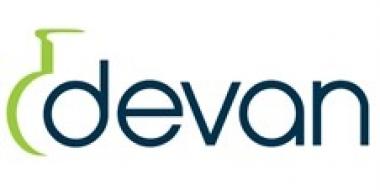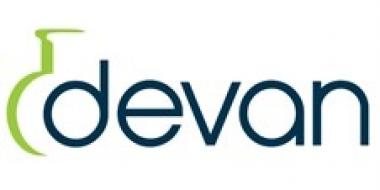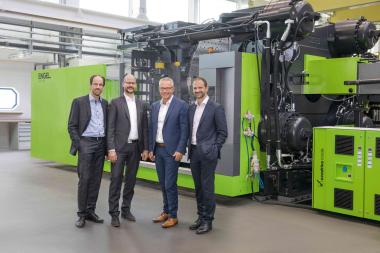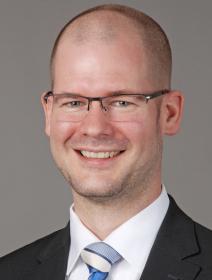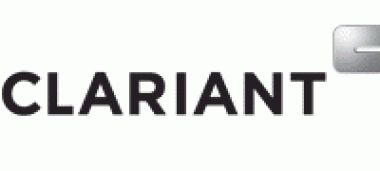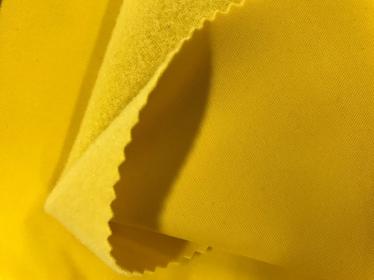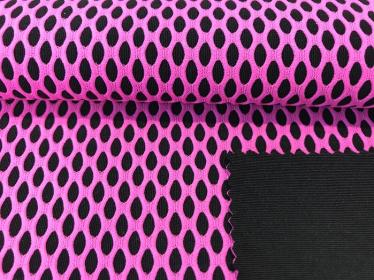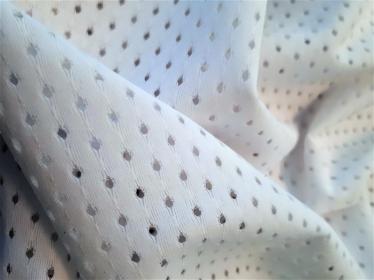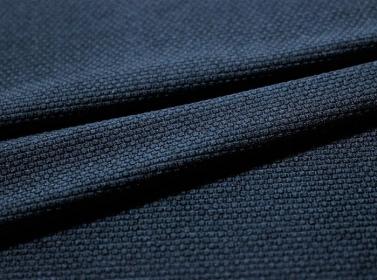Recycling of Coated and Painted Textile and Plastic Materials
The EU-funded Project, in which Devan Chemicals is a key partner, held a kick off meeting end of February 2019 at the EU Commission in Brussels, Belgium. The project consortium, led by Belgian R&D centre CENTEXBEL, consists of 17 European partners from across the value chain including design, manufacturing, NGOs, and research and innovation.
The focus of the consortium is on coated and painted textiles and plastic materials which are currently not recyclable. Ambitious plastic recycling targets of 50% have been set by the European Plastics Industry, and to meet these targets, smart solutions to enable the circular use of textile and plastic parts with multi-layer coatings must be considered.
DECOAT has therefore been established to investigate triggerable smart polymer material systems and appropriate recycling processes. The solutions will be based on smart additives (like microcapsules or microwave triggered additives) that will enable the efficient of coatings and other finishes, activated by a specific trigger (heat, humidity, microwave, chemical) to permit recycling.
Devan’s specific role is in the development of microcapsules that will release its active core on application of a certain trigger (e.g. heat) at the end of life of the article. This active core material may be something that, for example, will promote the detachment of different coating layers (by separating them), opening the possibility for recyclability/re-use of the base materials. Different active core ingredients will be evaluated, and Devan will develop processes for each type of core ingredient and for each type of coating layer/matrix.
The bold aim of the four-year project is to decrease landfill by 75% of coated articles that are presently difficult to recycle, such as clothing, electronic goods and automotive components. A reduction in the carbon footprint by at least 30% for the considered products is aimed for. By enabling the recycling of such materials, DECOAT is expected to generate in the medium term a new market valued at over 150 million Euros in Europe.
Marketing Solutions NV


